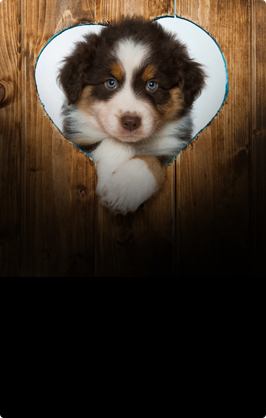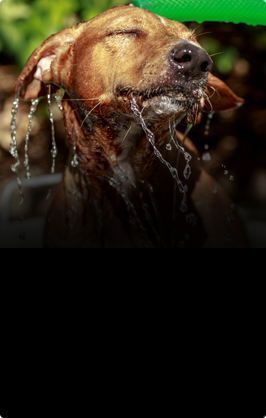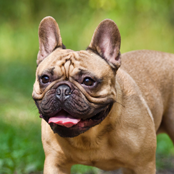Bengal
This striking large cat has certainly grown in popularity over the past years, since their controversial development. Mimicking those wild cat ancestries, the Bengal is a stunning and athletic cat with a sweet and curious nature.
SEE OUR TRAINING SERVICES
Breed Profile
This striking large cat has certainly grown in popularity over the past years, since their controversial development. Mimicking those wild cat ancestries, the Bengal is a stunning and athletic cat with a sweet and curious nature.
Bengal Facts and Information
History
The desire to obtain a wild-cat lead to the efforts to breed a loving domestic cat, with those desired wild-like appearances. The first attempts of this was crossing an Asian Leopard cat and Domestic Tabby back in the 60s. However, after suspending all efforts, Jean Mill and Dr. Willard Centerwall restarted the breeding program in 1981. Success was finally achieved with the wild cat FelisBengalensis, hence the breed name ‘Bengal’.
At a Glance
Bengals are strong athletic cats that resemble more the look of wild-cat than a domestic feline. They are large, with a stocky and tough appearance. They have green or gold eyes and striking markings that are very distinctive to the breed. Their colours are;
- Brown
- Silver
- Snow – Seal Lynx, Seal Sepia and Seal Mink Point
With two types of coat patterns including; Spotted and Marble.
Personality
This cat loves to move and play. So, if you are looking for a laidback purring hotwater-bottle who is happy to sit and sleep all day, the Bengal is not for you. This breed doesn’t not like to sit still for too long! The Bengal is very sweet and loving and loyal to those they share a home. They simply adore any activity that involves running and jumping. They are super curious and very active. They need to live in a household that is active and enjoys interacting with their cat – including lots of play time and cleverly constructed cat scratching posts and zones.
Grooming
Bengals will need regular grooming. Most owners find a rub down twice per week with a rubber mitt is perfect in keeping their coats in great condition. Like with all cats, you may notice more hair around or an extra groom during seasonal changes.
Indoor/ Outdoor
Like with all cats and kittens, keeping your pet indoors can provide safety and protection against a range of injuries and illness’. However, with the Bengal you will need to seriously up your creativity as they need to be kept occupied and moving. Indoor cats have been proven to live longer lives and can be very happily entertained without the need of roaming unsupervised outside. Cleverly built cat enclosures (even containing real trees to climb) can also allow your new kitten to explore the great outdoors in a safe manner. Two kittens, a quality cat scratcher and an indoor life can provide your cat with a wonderfully happy existence full of fun and play. If you do decide to let your kitten outside, ensure they are microchipped and also wearing a snag proof collar. Kittens should not be allowed outside unsupervised until six months of age.
Breeding
It is vital you source your kitten from a reputable breeder to prevent heartache and medical problems that are common with badly bred pets. Ensure your chosen breeder is listed with their registered breed club and ask as many questions as possible. Sighting mum is also a good way to ensuring your kitten has come from good breeding practises and not a kitten-mill environment. Meeting the breeder in person and visiting your kitten before you choose to buy is also recommended. If you are wanting to adopt contact your local club body or shelter organisation.
We love the Siamese and provide the following
 Training
Training
 Grooming
Grooming
 Boarding
Boarding






